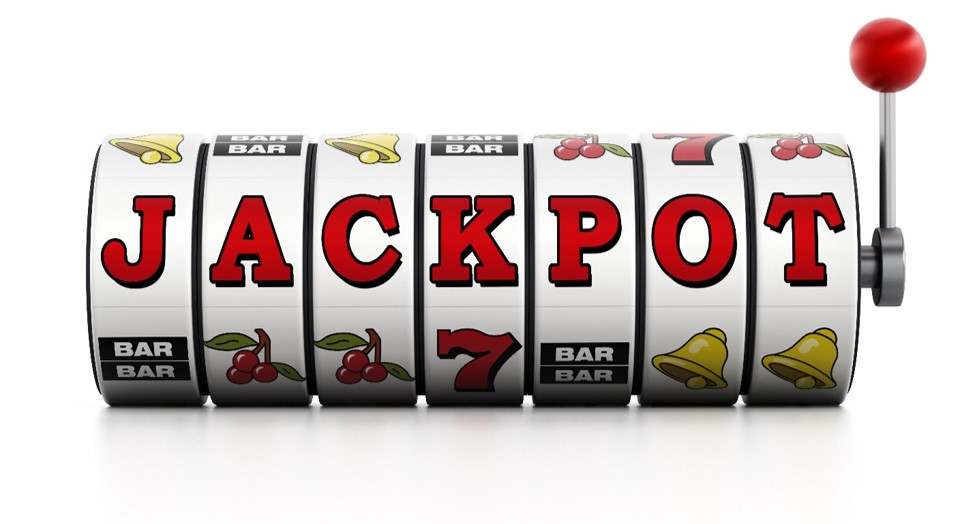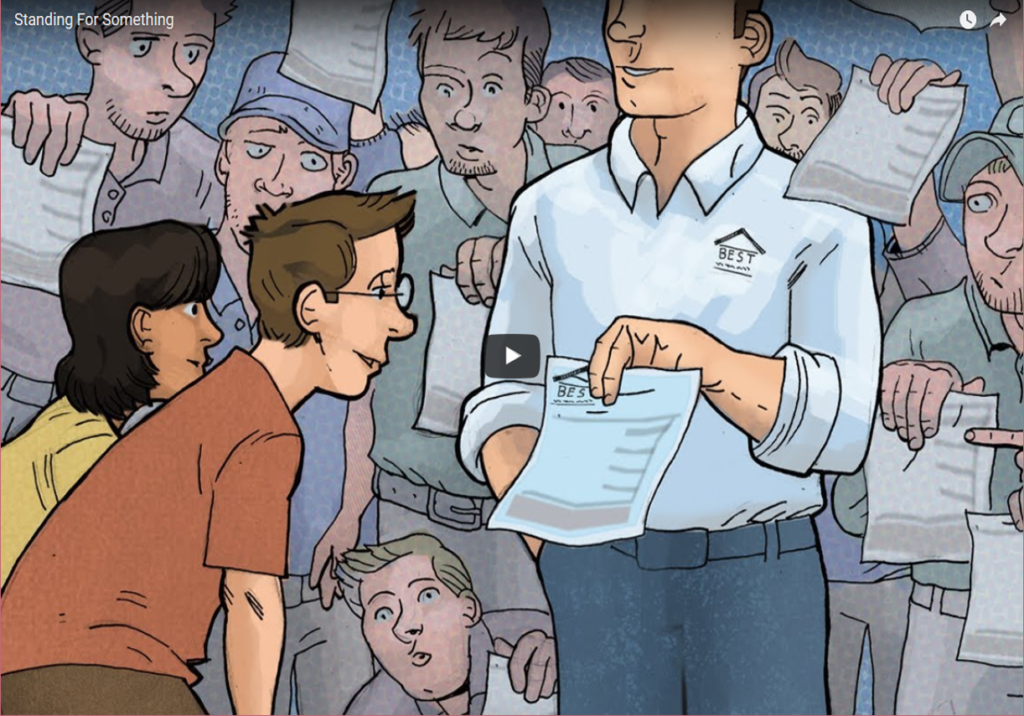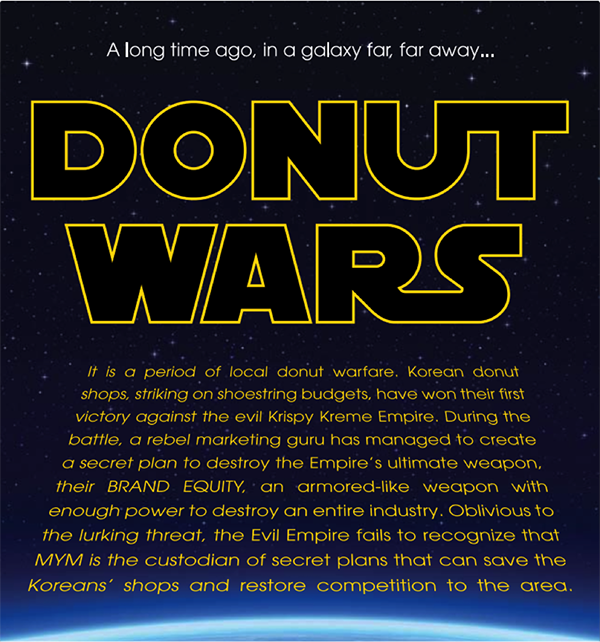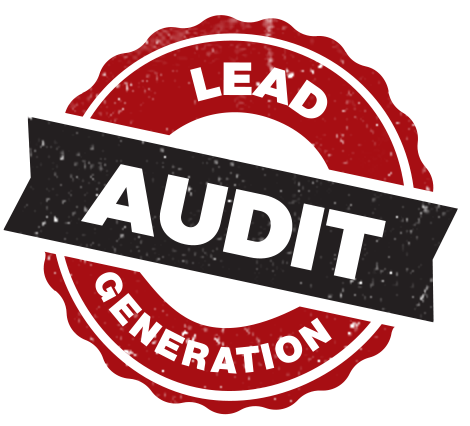Posted by Rich Harshaw on March 21, 2017.

One of my clients spends a tremendous amount of time, effort, and money creating TV commercials.
For weeks prior to the shoot, they are busy casting, assembling wardrobes, arranging locations, fine-tuning the scripts, and coordinating with the production crew.
It’s an impressive operation.
On the day of the shoot, there are usually about 20 to 25 people on the location—about 80% of those from the production crew, and the rest are various personnel from the company.
The production crew consists of a couple of camera guys, some lighting guys, sound guys, several assorted other guys who I’m not sure what they are doing… as well as the director, a makeup lady, a woman who sits in a chair and takes notes on what’s happening, and one person who’s sole responsibility is to be in charge of the food.
It’s like being on the set of a Hollywood blockbuster. Or at least what I imagine it would be like.
We usually shoot 5 spots over the course of 3 days… then it takes another 3 to 5 days to edit those into rough drafts, which then take another 2 to 3 days to fine-tune into final spots.
The final cost: about $20,000 per spot. A hundred grand for the 5-pack, not including my fees.
And I will tell you—the spots are fantastic.
I have another client who is on the extreme opposite end of that spectrum.
After I write the spots, we usually spend about 10 minutes on the phone fine tuning them.
He usually finds a home to shoot in (of a previous customer—he’s a kitchen and bath remodeler) a couple of days before the filming date.
He normally arrives at the shoot about 10 to 45 minutes late, which is okay, because the camera “crew” of one guy is usually still trying to get the lighting set up, or rearranging the appliances on the kitchen counter.
He’ll quickly change into a company polo shirt, and sometimes there is a makeup girl there—sometimes not. If so, she spends 4 minutes making sure his head isn’t too shiny.
Then we put the script for the ad on a teleprompter app on an iPad, and he busts through the script 3 or 4 times to make sure we have a good take.
We normally go to a second house to shoot in a bathroom. Sometimes it’s the same house. Either way, we can nail 4 or 5 spots in about 6 hours, including lunch and travel time between homes.
A couple of days later, the first drafts are edited, and I usually spend a couple of hours giving feedback and fine-tuning the spots.
Total cost: About $2,500 for 4 or 5 spots. Not per spot. Total.
The spots don’t look spectacular, but they are professional and well done. They communicate the selling advantages, and make this company the obvious choice to do business with.
The real question, of course, is how do the spots work?
The answer, in both cases, is amazingly well.
Because the reality is… as long as you’re not making cheese-butt-used-car-salesman commercials, it’s the content of the ad that is the most important thing.
Consider a few things:
In my last post, I made a case that massive repetition is the master key to advertising success.
And I also said that you can start small. Start by dominating one day per week on one radio or TV station. Then 2 days. Then 3 or 4. Then do the same thing with a second, then a third station. As your budget grows, keep adding stations.
What most people fail to realize is that because you will be talking to people on a regular, consistent basis… you DO NOT have to grab them by the throat, throw them on the ground, and force-feed them your message.
The goal is not necessarily to get the phone to ring RIGHT THIS SECOND.
Instead, you should be having a conversation with each person in your audience. Talk to them a little bit today. If they ignore you or don’t happen to be watching, that’s okay. You can continue the conversation tomorrow. And next week. And next month. And next year.
You should be thinking of your advertising today as nurturing sales for your company in 2017, 2018, 2019, and beyond.
The goal is to get everyone who will ever need (whatever you sell) to:
- Know that you exist,
- Understand your value proposition, and…
- Trust that you will deliver what you promise.
That’s it.
Most TV advertisers manage to do #1 above pretty good—repetition definitely leads to awareness.
Unfortunately, many advertisers fail (and hard) on #2 and #3—the value proposition usually isn’t very clear (or believable), which in turn, does not breed trust.
This leads to commercials that tend to simply annoy people over time. And annoyed people don’t usually become customers.
A big part of what I’ll be teaching in my upcoming “Make The Jump to $10MM” 2-day seminar is how to create killer TV commercials that will move the needle.
I’ll talk about the concept of Identity; how it is the foundation of your entire marketing program, and how your TV commercials should incorporate yours. We’ll talk about using powerful language and creating scripts that let your passion shine through.
And I’ll show you dozens of examples of TV and radio ads that my clients have spent literally MILLIONS of dollars to run.
Like anything else, there’s a right way to do it, and a wrong way to do it.
I’m looking forward to showing you the right way.
If you haven’t already done so, please take a minute to take a look at everything that will be covered in the course. If you’re truly ready to “make the jump,” you won’t want to miss out.
For more information about the upcoming seminar, click here.
P.S. In my next blog post I’m going to talk about a topic that makes or breaks companies trying to get to $10MM… it has to do with scrutinizing who you take advice from. Talk to you then!

Save
Save
Save
Save
Save
Save
Save
Save
Save
Posted by Rich Harshaw on December 1, 2016.

Do you ever wonder how the heck some people can be so non-self-aware?
For example, I have a friend who says he hates complainers.
Two minutes later, he’s complaining about work… how he’s always tired, how his boss is terrible, how he’s not appreciated, yadda yadda.
He’s totally unaware of what he’s doing. It’s incredible.
Incredible, but common.
Here’s why:
We humans sometimes have a hard time seeing ourselves—our weaknesses as well as our strengths.
This is why if you’re creating your own company Identity—the marketing message that demonstrates what makes you different, special, and better than the rest—you do so at your own peril.
Here’s what I mean…
I once had an Identity Kickoff call with a new roofing contractor client. He was particularly oblivious to his company’s strengths.
When I asked him what he thought made his company special, he responded, “Uh… well… gee… um… I don’t know… great customer service? Quality workmanship?”
Yawn.
He spewed these types of contractor clichés for the first 40 minutes of the call.
(I have a newfound respect for dentists because now I know what pulling teeth feels like.)
Finally, the client said in passing that he doesn’t charge his customers a dime until the job is done and the customer is satisfied.
I nearly fell out of my chair.
ME: “Whoa, back up. What did you just say?”
CLIENT: “Uh, we have great customer service?”
ME: “No, after that.”
CLIENT: “We have quality workmanship?”
ME: “No, after that.”
CLIENT: “We don’t accept money until after we complete the job and the customer is satisfied?”
Ding! Ding! Ding!

How many quality roofers—or contractors, period—require zero upfront deposit, let alone refuse to accept any payment until the entire project is completed AND done to the customer’s satisfaction?
One out of every hundred… if that?
And here this client is, not even remotely thinking it’s a big deal.
Talk about being blind to the obvious.
If you’re a homeowner in need of a roof, the promise of not paying a dime until YOU say the project is done is just too good to pass up.
(And if you’re thinking this is an easy way for the client to get stiffed on payments, think again. This guy has run a successful business with “payment upon completion” since he started in 1990!)
Basing the client’s Identity around “You Don’t Pay Until You’re Satisfied” also dovetails beautifully into the other great things about this client. It shows the client is confident in his work, that you can trust him, and that he’ll ensure the job is done right from start to finish.
And there you go. This client’s Identity was right under his nose, and he never even whiffed it.
The Bottom Line: Unless you are a marketing expert, there’s a 90% chance you’ll fail to capture your true Identity in your marketing.
But don’t worry—MYM has your back.
Contractor marketing is ALL we do. Get in touch with us, and we’ll evaluate your company’s current Identity (or lack thereof) and provide you with ideas to make it more powerful and persuasive.
We’ll sniff out what REALLY sets your company apart from the competition, and what will truly make homeowners want to line up around the block to hire you.
It’s all part of our free Lead Generation Audit package. We dig deep into company identity, website, SEO, PPC, and much more.
If you want $3,500-worth of valuable insight into every aspect of your online marketing—for $0.00—hurry up and get your Lead Generation Audit here.
P.S. If you want a crash course on creating a powerful Identity, watch this webinar I held two years ago. Fast forward to 54:20 for a concise, three-step method to producing a marketing message that generates loads of leads.

Save
Save
Posted by Rich Harshaw on April 30, 2015.
Post Category: Webinar Postings.
5 Brutal Facts That You May Not Want To Hear…
But Need To Be Said Anyway.
When it comes to home improvement lead generation, things have changed. Drastically. And if you’re still out there using the same tactics and methods from five or ten years ago—like the bank robber who went back for seconds—you’re headed for hard times.
The reason a lot of this is so hard to hear is because it’s so much easier to just do the same thing over and over again. It’s hard to break old habits, ways of thinking, and search out and embrace the new stuff that works better.
There’s a learning curve. A paradigm shift. And on this webinar, I’m going to radically shift your paradigm on a few key lead generation issues. Five of them, to be precise: Read More
Posted by Rich Harshaw on April 7, 2015.
Here’s A Story Of A Puny, Rebel Marketing Force That Takes Down An Empire.
A Strategic Plan For A Little Start-Up Donut Shop To Take Down Krispy Kreme.
And Hope For Little Guys Everywhere.
By Rich Harshaw
Note: This article is part of MYM’s ongoing “Outside The Box” series, which feature ideas, strategies, and case studies from OUTSIDE contractor marketing, with suggestions of how to implement those ideas into your business.
Nothing brings joy to a Saturday morning in the Harshaw household more than a couple dozen Krispy Kreme donuts—fresh, hot, and ready to dunk in a cup of cold milk. My six locust-wannabe children can devour two dozen in approximately thirteen seconds—sprinkles and all.
So one Saturday morning when my oldest daughter reminded me she had to be at school for a band competition at 8:30, it was a perfect chance to make a run. My oldest son jumped at the chance to come with me and get the hottest of the hot right after they go through that glaze waterfall thingy. There’s nothing like father-son bonding at 240 calories and eight grams of fat per donut. Homer would be proud.
After we hastily dispatched of the flute player (more for the rest of us!), it was on to donut Shangri La. As we turned right onto Highway 26, my donut radar efficiently picked out a daring new player in the local donut scene. A new shop bearing the generic white letter sign “DONUTS” was a dead giveaway that this was a Korean-owned store. And judging by the parking lot, they weren’t experiencing the typical traffic control problems associated with Krispy Kreme grand openings. In fact, there wasn’t a single car in the lot.
My son was already locked and loaded: “Dad—check it out! A new donut shop! Let’s go there instead of Krispy Kreme. I hate Krispy Kreme. We always go to Krispy Kreme. I like the big donuts from the little shops better.”
The glaze waterfall thingy would have to wait for another day. The Koreans had just won a new customer.
No small feat considering that at approximately three miles from my house, this was the ONLY locally-owned shop in existence. Krispy Kreme had decimated the rest when they opened their mega store three or four years prior.
As we walked in, I was not surprised to see that indeed, this was a Korean shop. “Just opened?” I inquired as I approached the eager employee standing behind the counter ready to serve what appeared to be an endless and yet-untouched supply of donuts. “Three weeks open now,” came the broken-English reply. Amazing—three weeks and already the place had the look and feel of a crusty little donut shop that had been there twenty-five years.
It wasn’t dirty—but there was absolutely nothing remarkable in the entire place. The walls were all painted pale yellow, and on the left wall was the standard-issue donut shop drink cooler with sliding glass doors and an assortment of juices, milks, and energy drinks. Just past the cooler was the huge Jesus picture—the one that’s always there in these kinds of shops, unless they have the more traditional Buddha-type statues. Just below that was the seventeen-year old CD boombox playing random light rock hits from the 80s. The back wall featured a bulletin board where you could leave your business card, which caused me to think—do you really want to hire an accountant, plumber, or personal trainer you found on the bulletin board at the donut shop? A half-dozen of those flimsy little donut shop tables and chairs were in the middle of the shop for those who preferred to dine on their donuts while reading the Korean newspaper that was conveniently available. The glass cases under the counter featured a wide assortment of nice looking donuts—plus those creepy hot dog things wrapped in a bun that I’ve never really seen anyone buy.
Six dollars a dozen was the asking price on the menu board above the clerk’s head—it was the generic kind with lines on it that you can stick letters on to form whatever words and prices you want. Fancies and cream-filled would cost extra—but for regular old donuts, their price was a full dollar less than the Evil Empire was charging less than a mile down the road.
We bought my standard cache—a dozen glazed and a dozen chocolate sprinkles—plus three chocolate milks for the kiddos back home. Then, to my surprise, the lady threw in a dozen donut holes for free—a nice touch. We got out of there for just under seventeen bucks. Not too shabby.
As we drove home I couldn’t help but think that this brave little startup was doomed to be crushed by the venerable Krispy Kreme—it was only a matter of time. But it didn’t have to be this way! A savvy marketing Korean shop could take a substantial chunk out of KK’s hide if they would just employ a few simple strategies. Four strategies to be precise—detailed here for you reading pleasure, so you may be able to use them in your construction, plumber, or HVAC marketing efforts. Think of me as the holographic Princess Leah R2-D2 kept showing Luke in the original Star Wars.
Citizens, we have a plan to destroy the Evil Empire.
Read More














